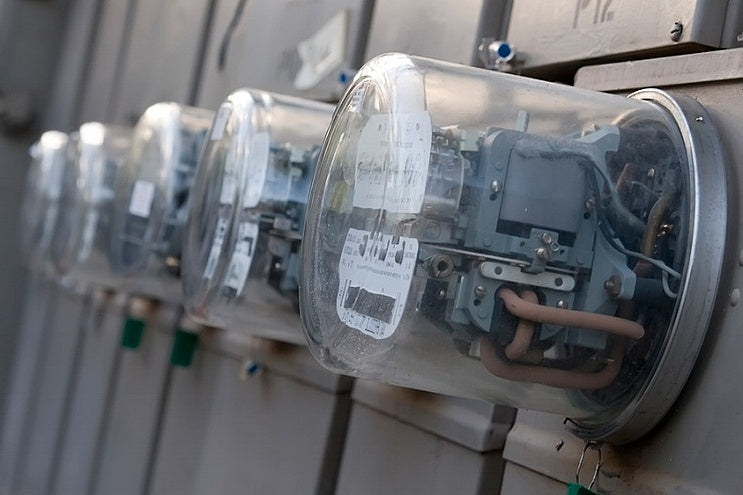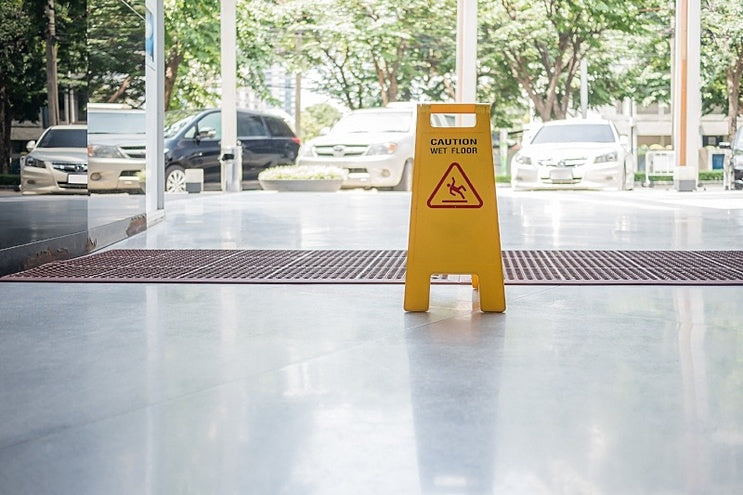
Facility managers are well aware of the need to keep energy costs low during winter, which is the most expensive season of the year in terms of energy costs, but they cannot afford to "skimp on the essentials" in order to accomplish energy efficiency.
It can sometimes be challenging to keep your operations running at full speed while still finding ways to reduce energy usage. Here are 7 possible approaches to achieving that balance:
- Reduce Nighttime Lighting: If your facility is up and running 24/7, depending on your electrical circuitry and the size/dispersal of your night crew, you may be able to reduce light usage during overnight, low-occupancy hours. Keep lights on at entrances, main walking paths, and emergency exits, but turn off any areas not in use. Use spotlights in low-use zones, and only light every other parking-lot lamp post.
- Retrocommission Your Facility: "Retrocommissioning" refers to systematically optimizing facility equipment and lighting, replacing outdated equipment, adding/recalibrating controls to maximize efficiency, scheduling equipment shut-downs during non-use hours, and eliminating wasted energy in every way possible. Retrocommissioning typically saves you 16% on energy (8% is a conservative estimate), and it often pays for itself in less than a year.
- Enlist All Personnel to Cut Energy Costs: Having your whole staff on board with energy efficiency policies will make them much more likely to succeed. All workers should be instructed on how to reduce power usage and expected to turn lights and equipment off before leaving their workstation. Security officers should not only guard against intruders but also keep watch to make sure lights/equipment are indeed being powered down as required. Custodians can be moved to the night shift when less lighting is needed in the building and can consecutively power down each room after cleaning it. Since space heaters can throw thermostats off and waste energy, they should not be permitted.
- Turn Off Vending Machine Lights: Taking the light bulbs out of the vending machine and posting an "in working order" sign on its front will eliminate non-essential energy consumption. Additionally, it prevents your company from paying for (part of) the energy usage on equipment it doesn't even own.
- Tightly Control Kitchen Energy Usage: If your facility includes a commercial kitchen, you probably are expending more energy to run that kitchen than on any other part of your building. Regulate efficient operation of stoves, ovens, microwaves, and all other equipment and verify that your requirements are being implemented.
- Reuse Water in Your Refrigeration System: If you utilize water-cooled refrigeration on your premises and have a cooling tower, it is possible to save thousands of gallons of water. Just install a small water pump and connect it to the water tower so you can re-use cooling-tower water on your refrigeration unit.
- Install Your Own Transformer: For facilities that use excessively high amounts of power, it may be worthwhile to purchase a transformer from your power supplier and have it installed on-site. This will cut down your electric rates by several cents, which will add up to substantial savings due to your high-volume usage.
Finding creative ways to save energy without reducing productivity will make your facility more efficient, more competitive, and more "environmentally friendly." Any investment that pays back higher dividends is worth making, and any action that is practical and cuts down on waste is worth taking.
Winter is the most challenging time of year when it comes to energy costs, but it is also the season where the greatest amount of savings can potentially be gained.


